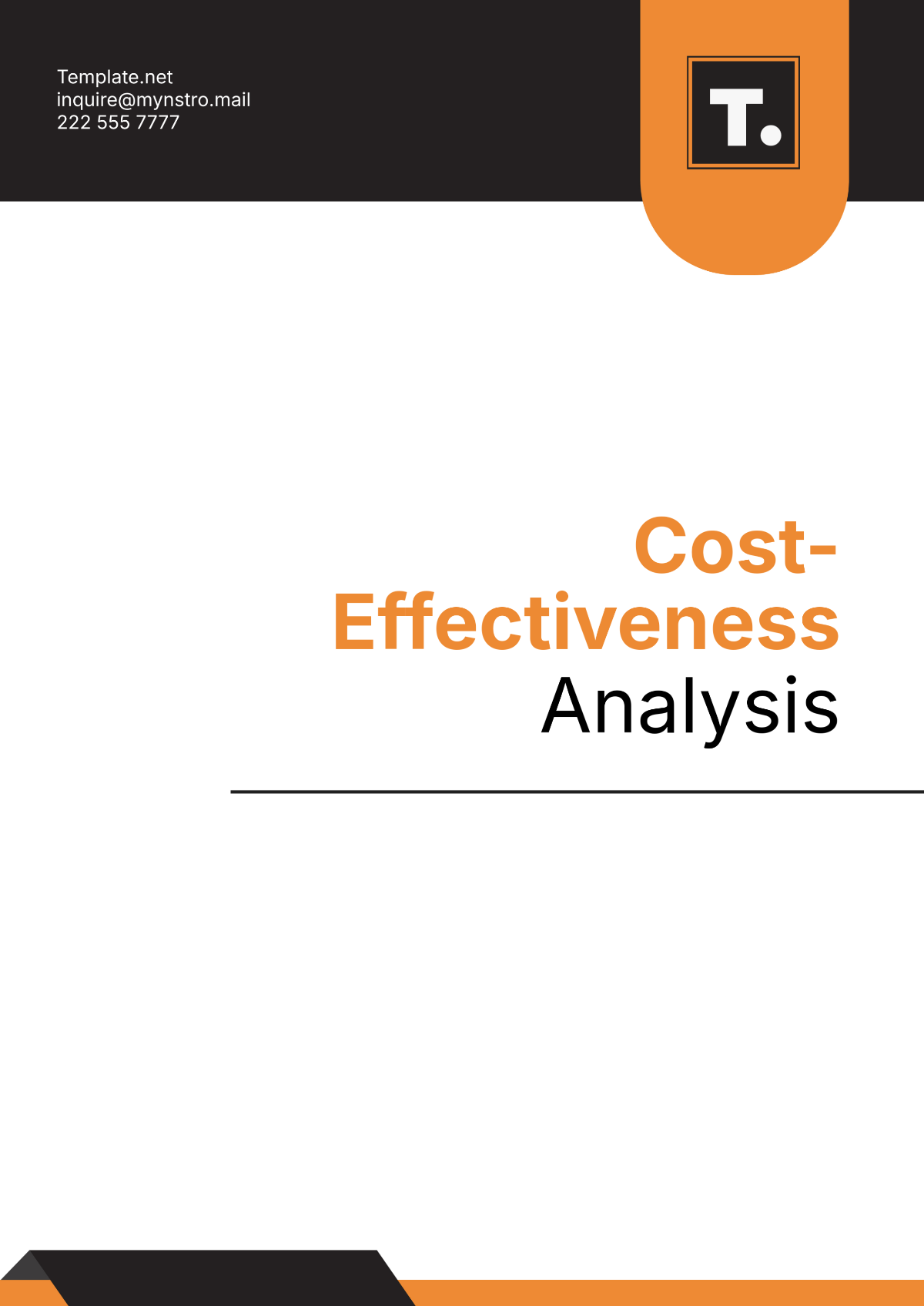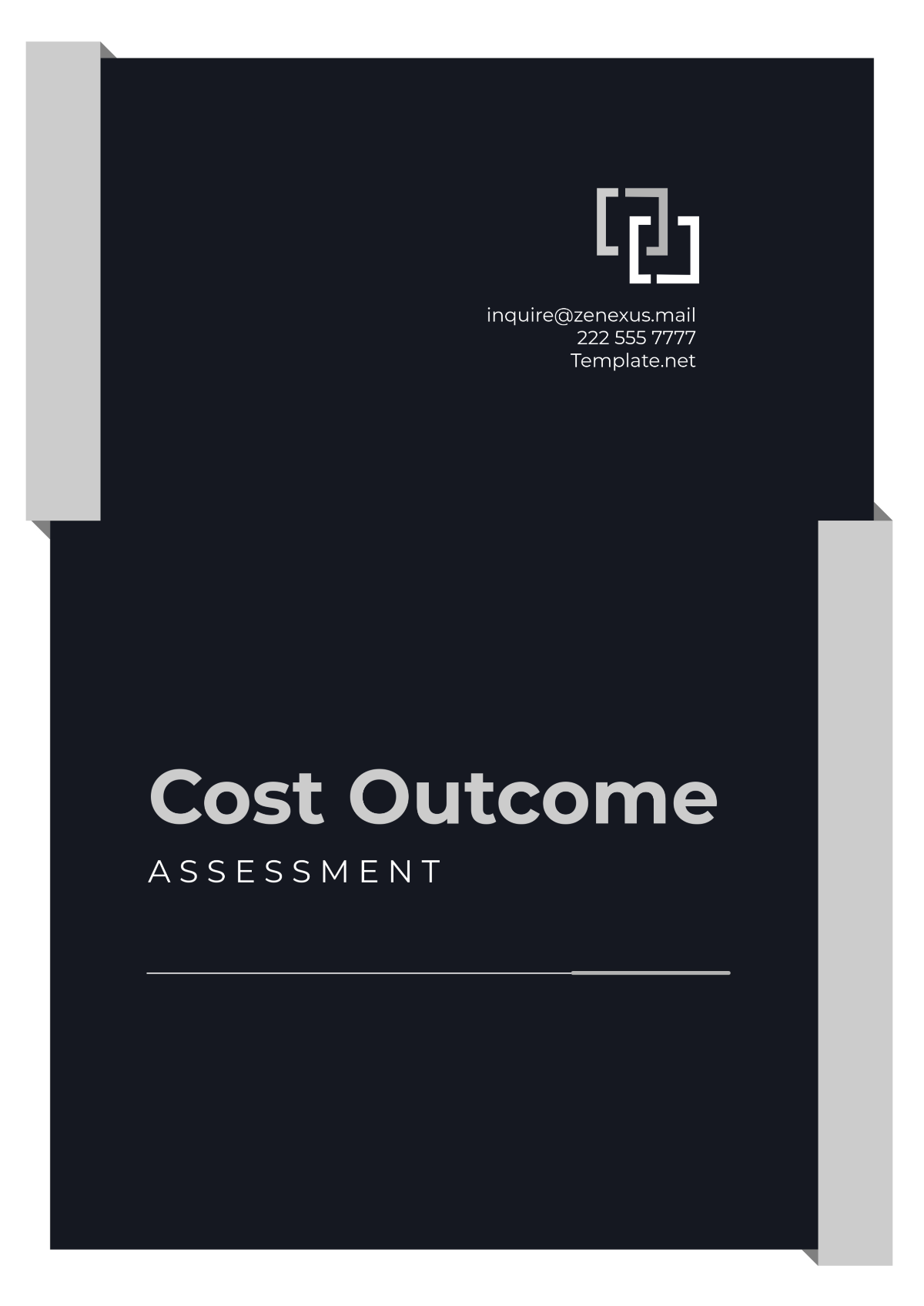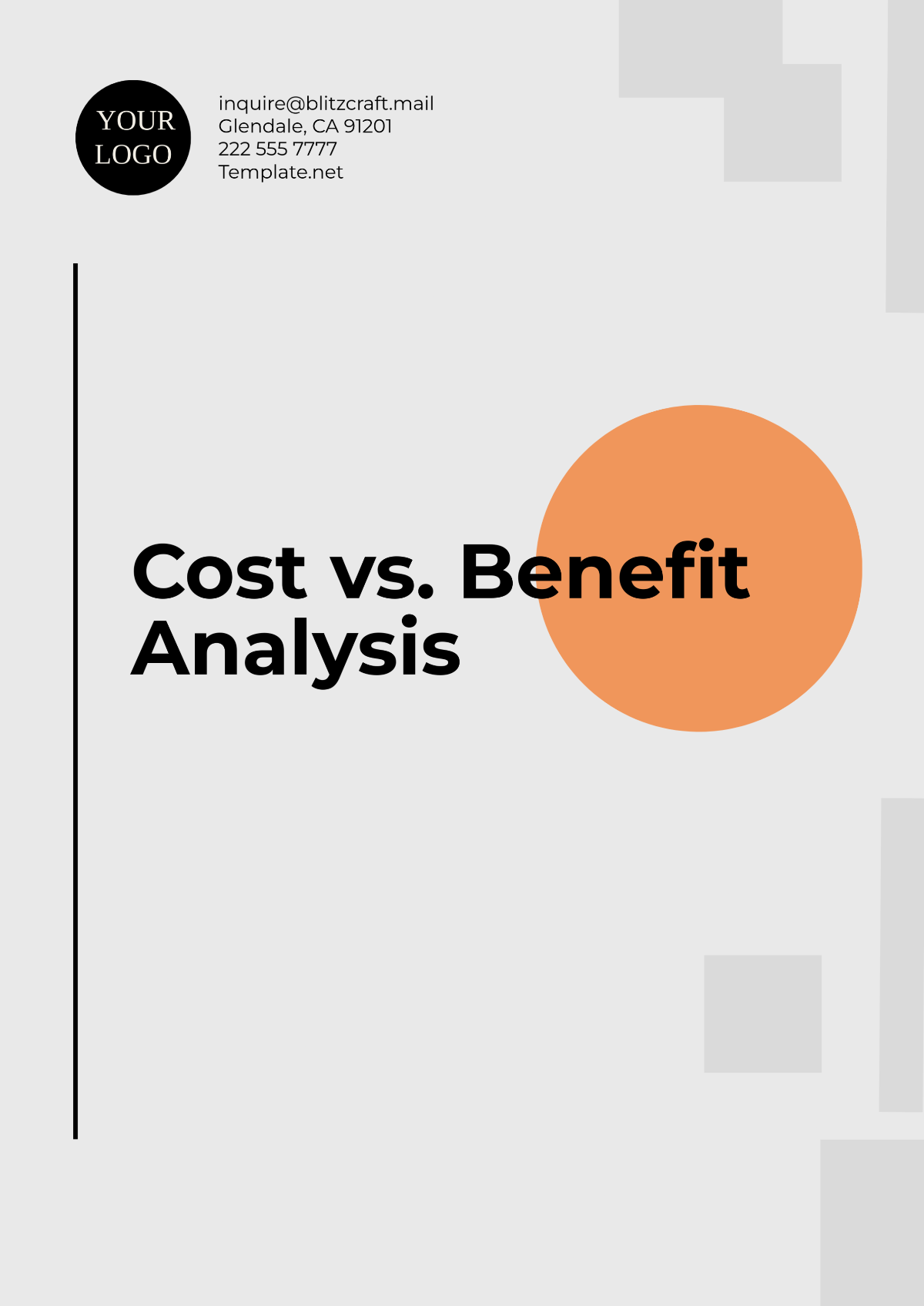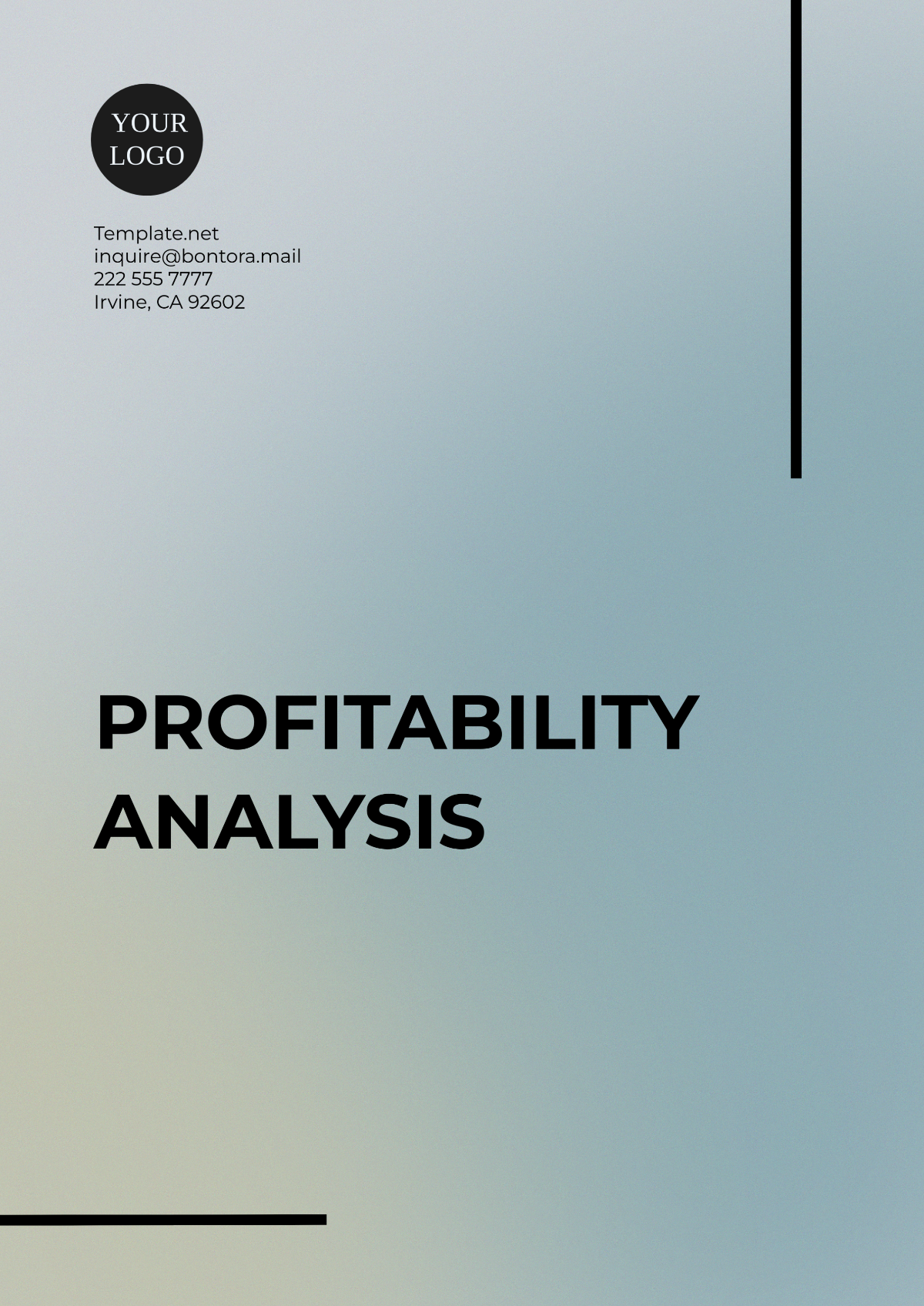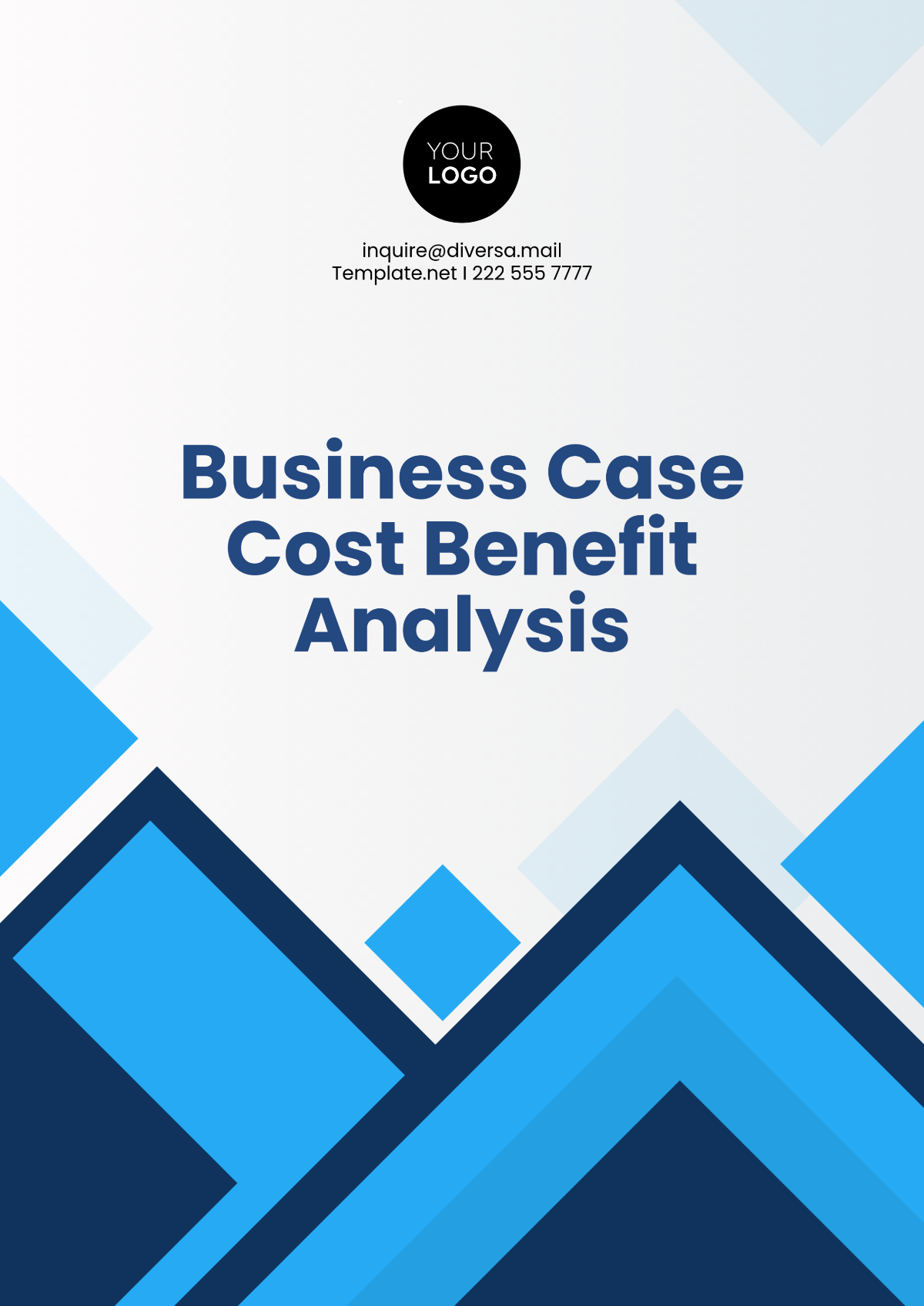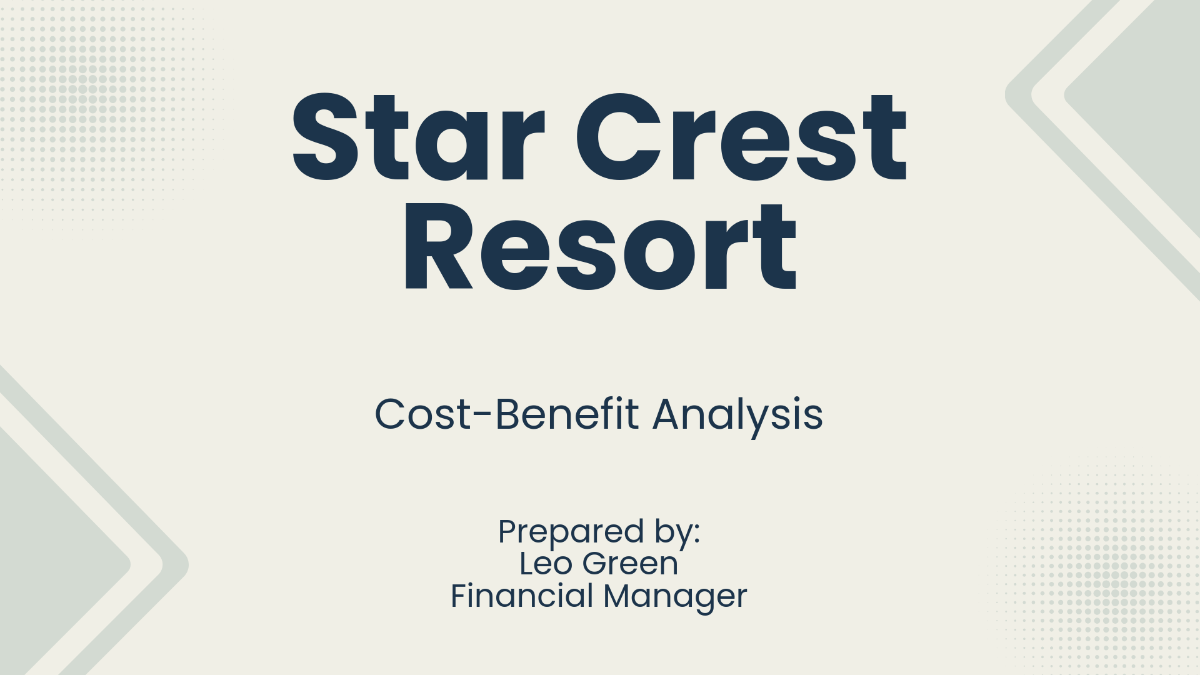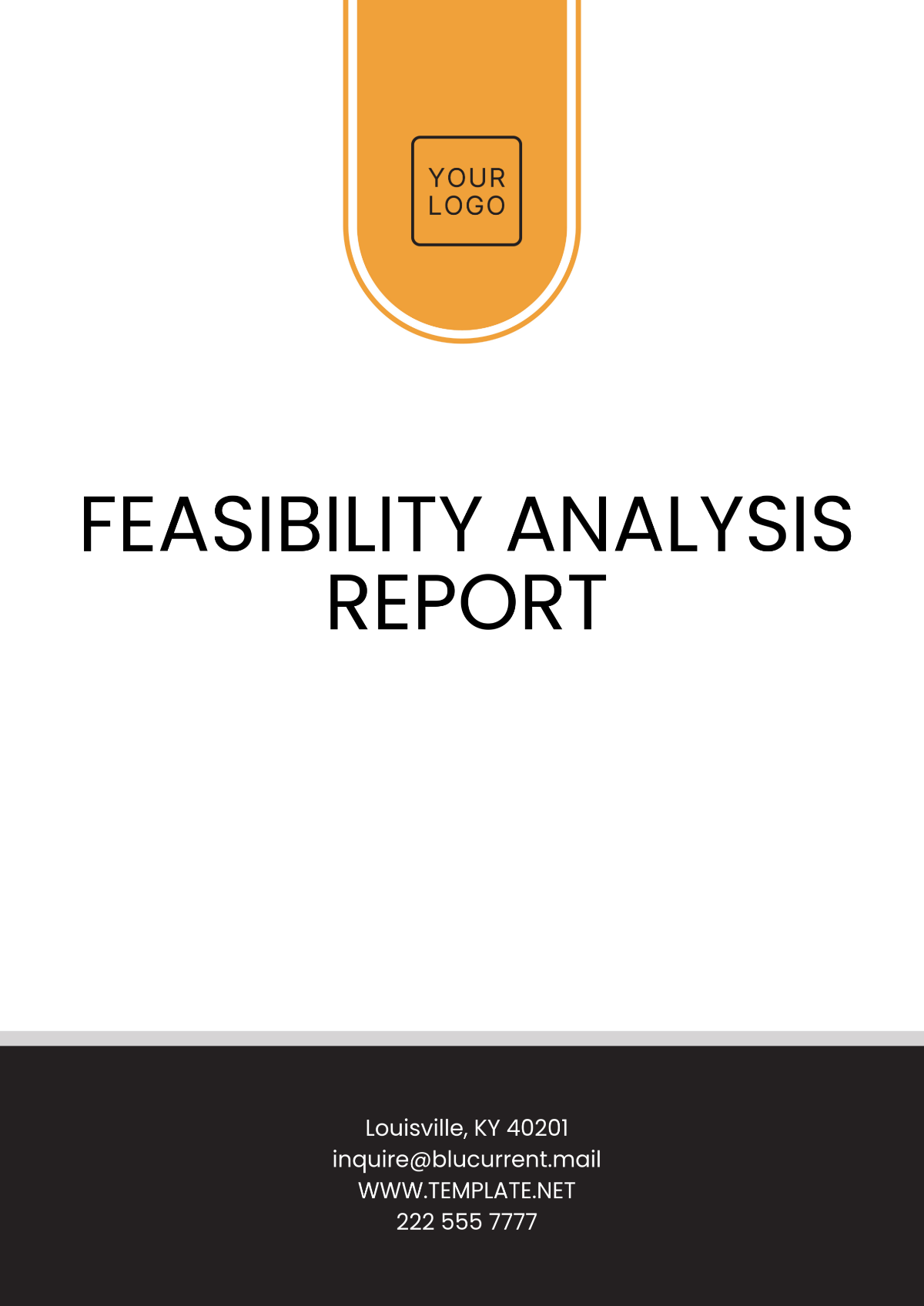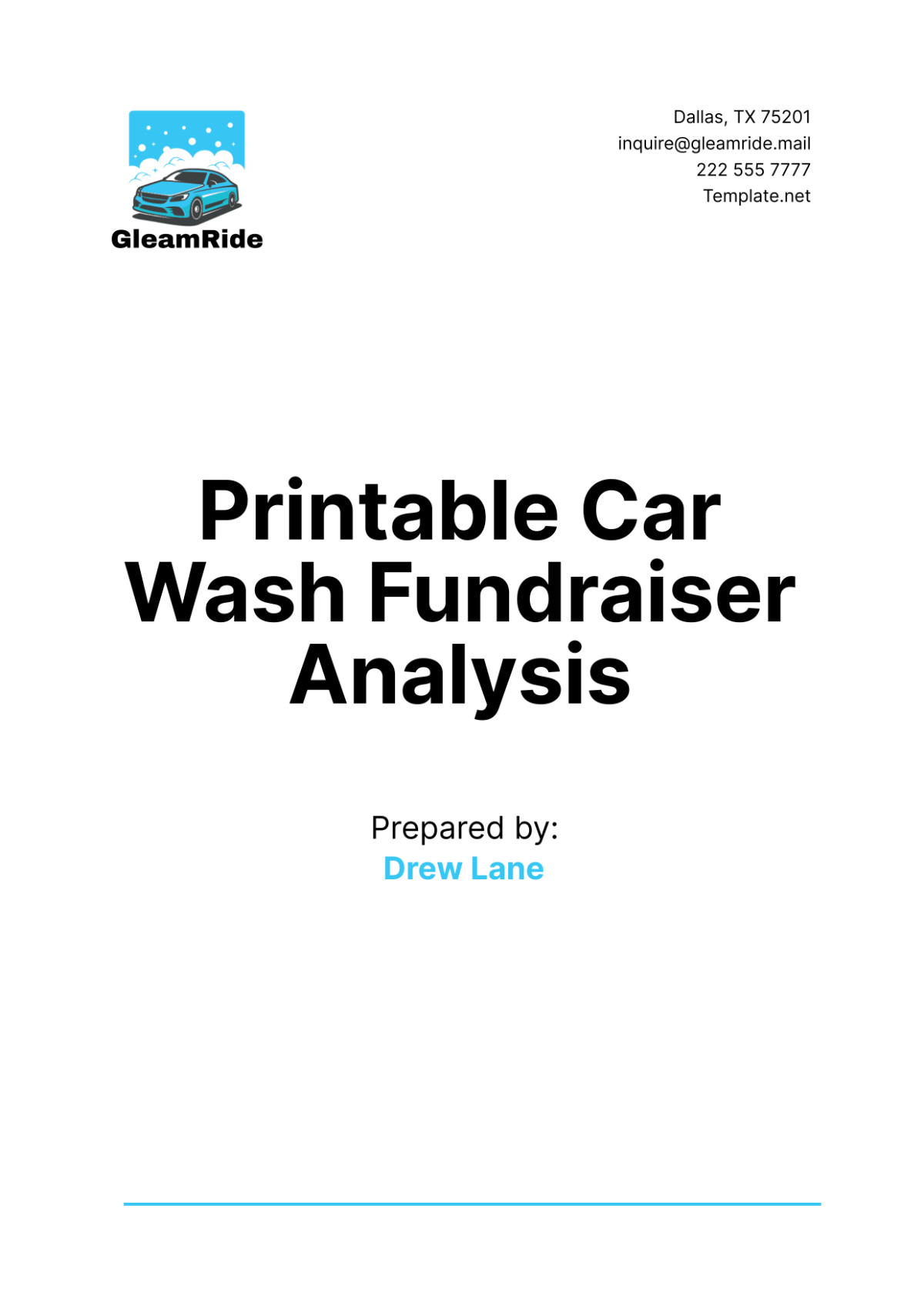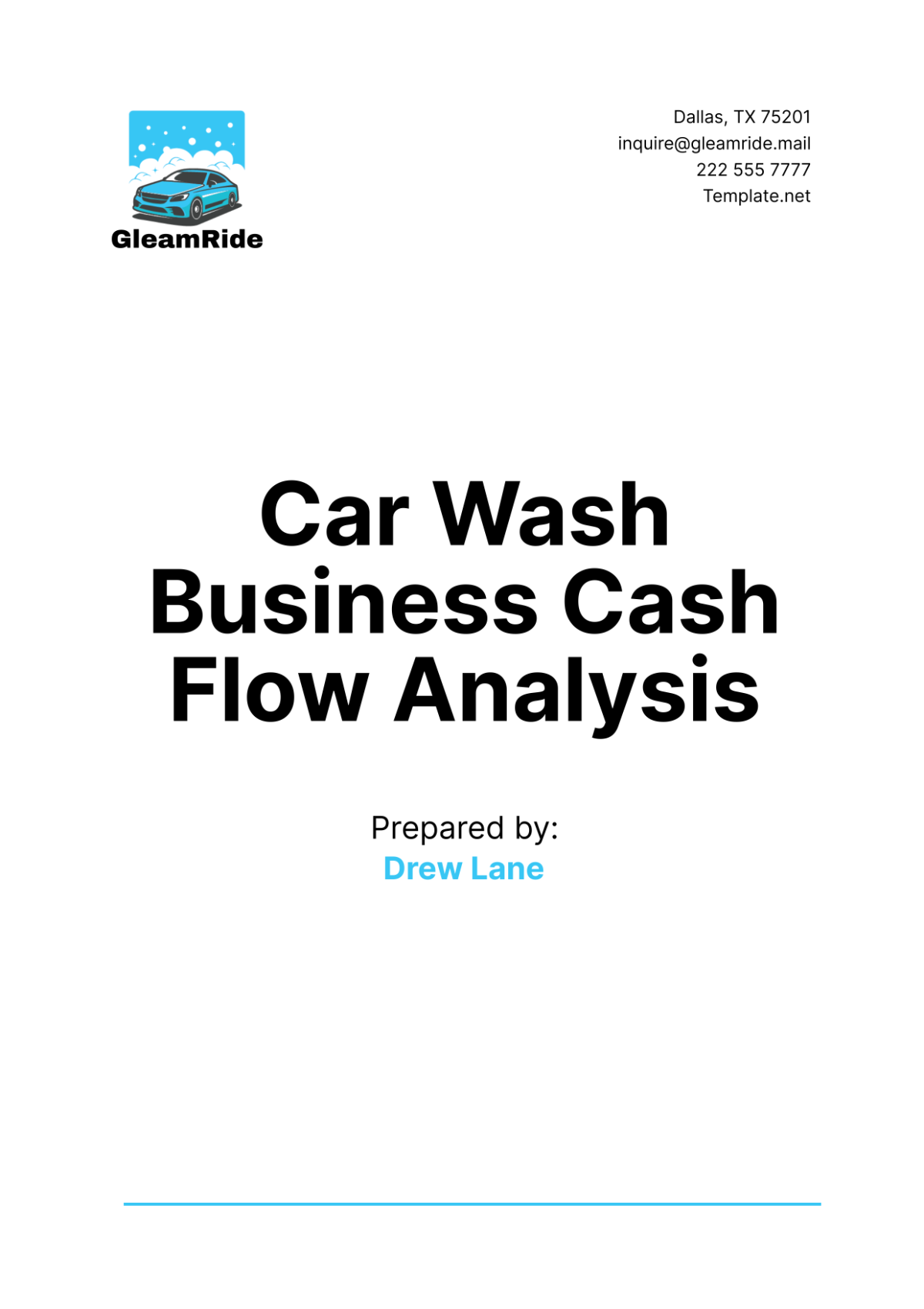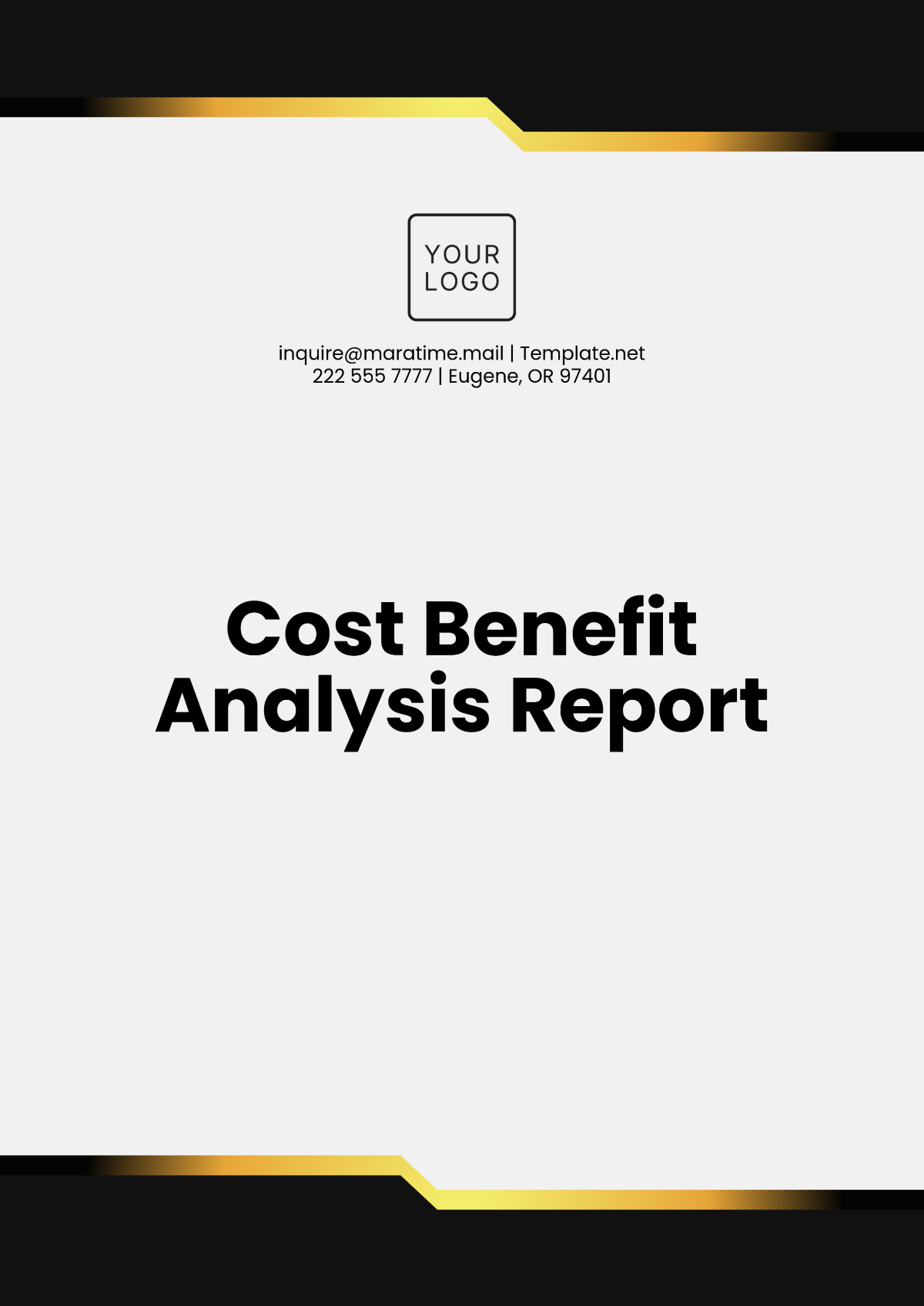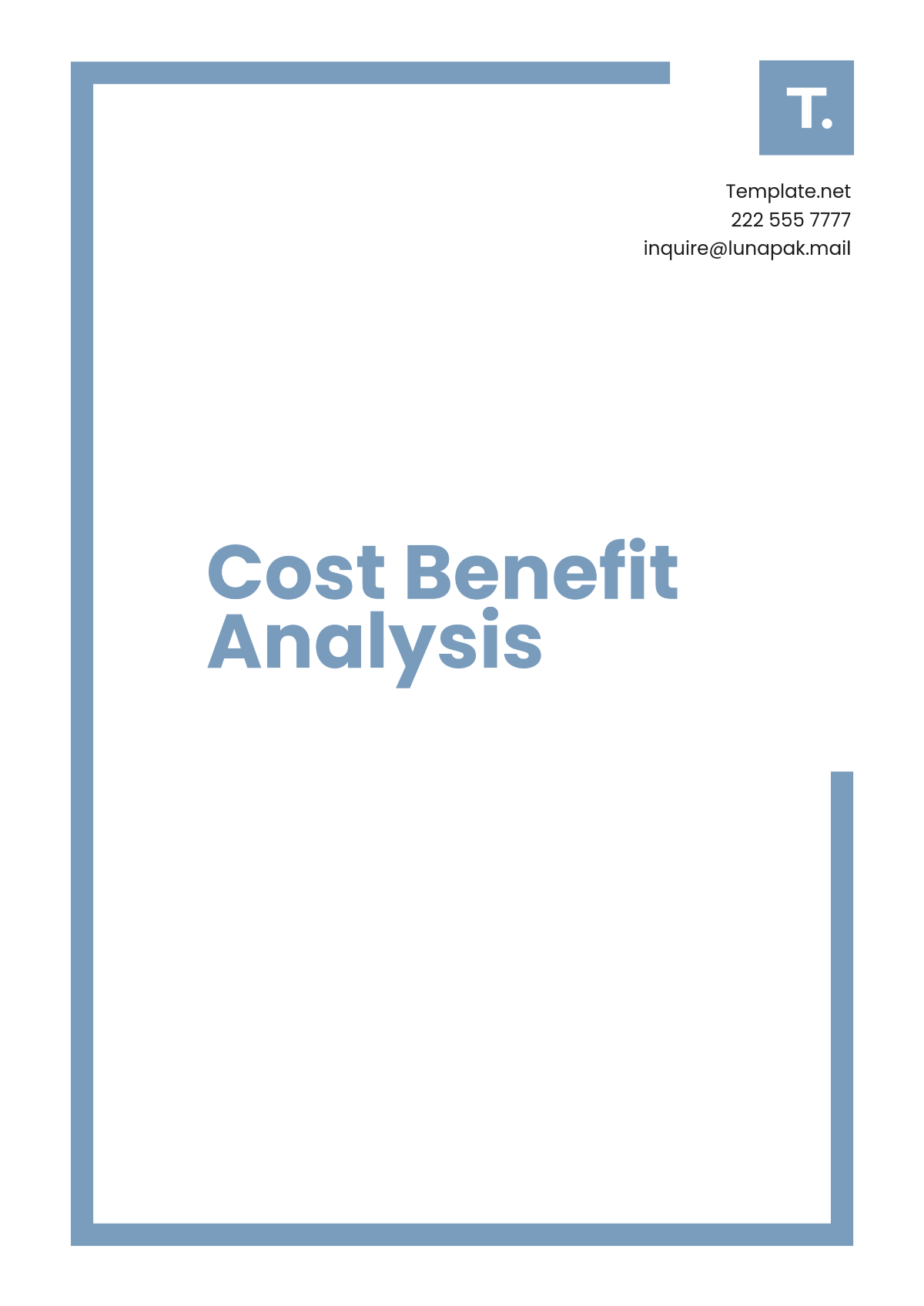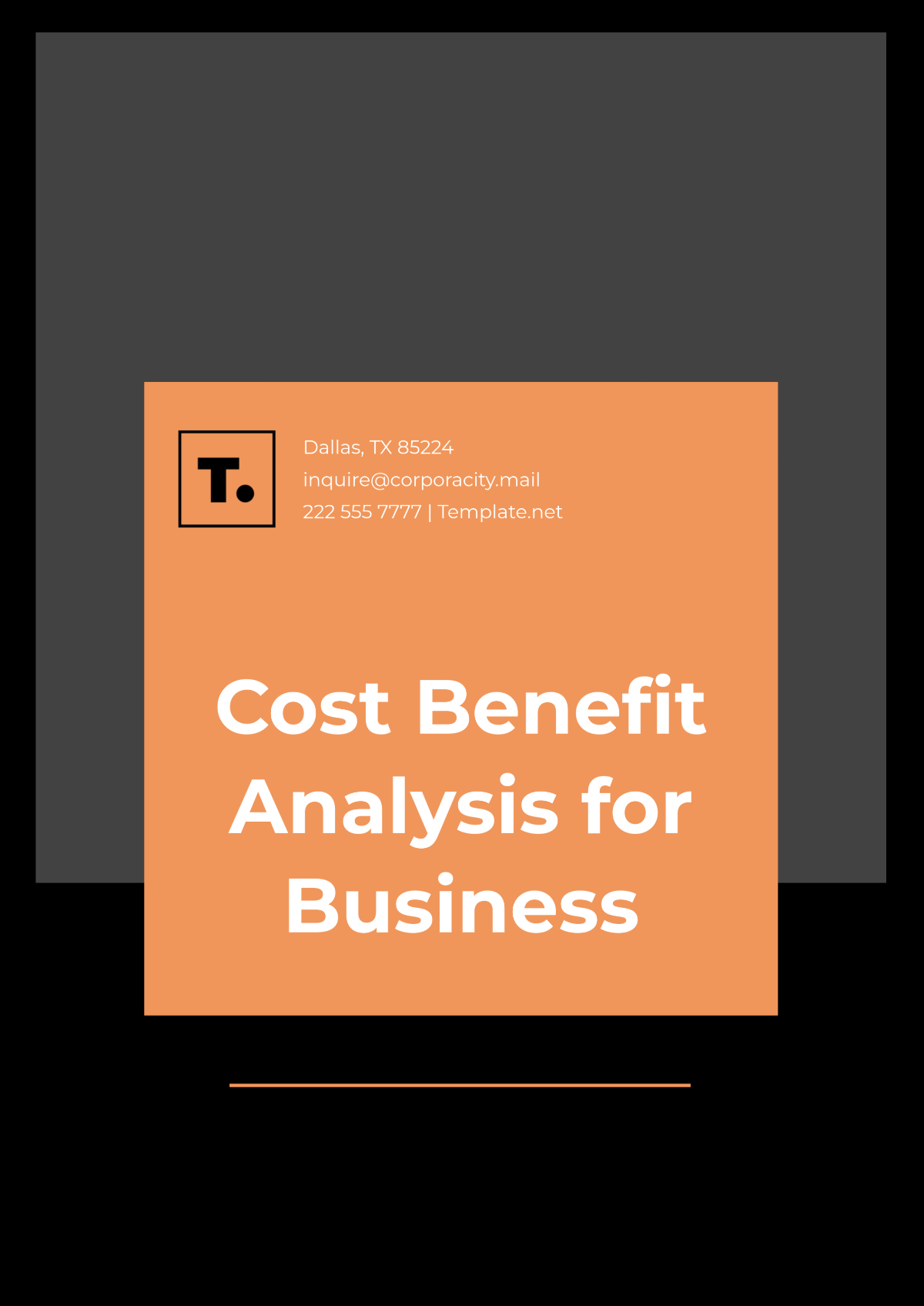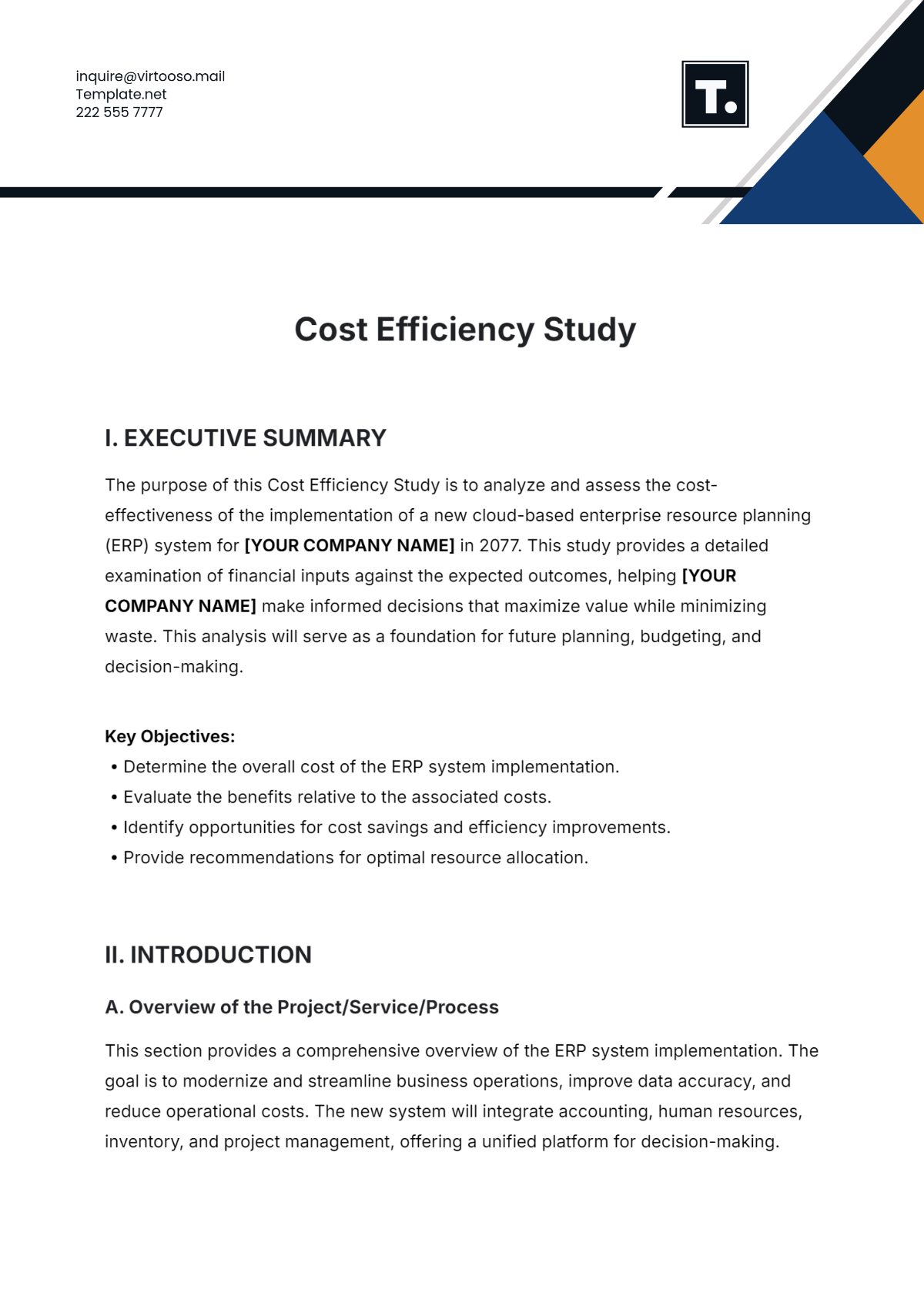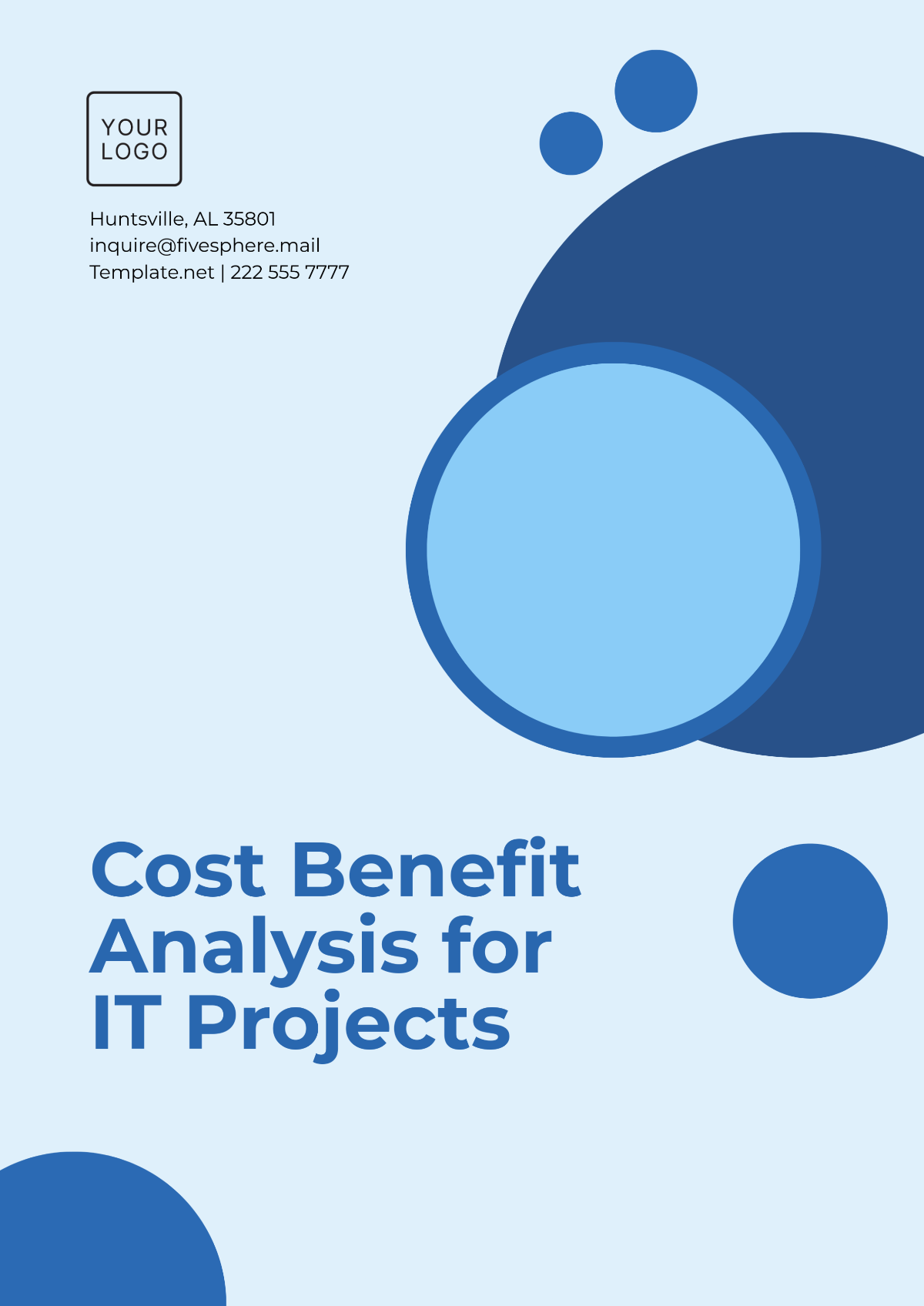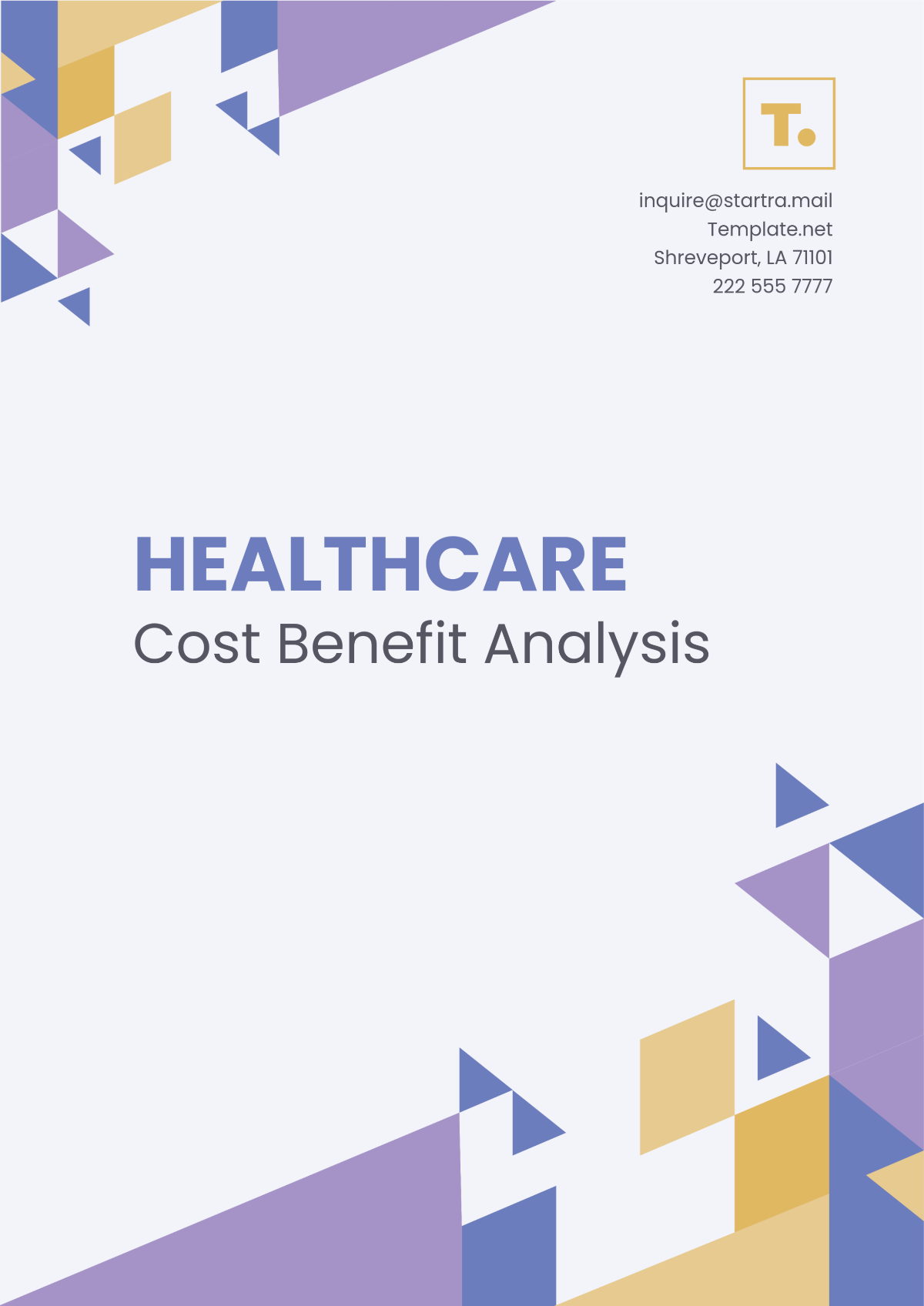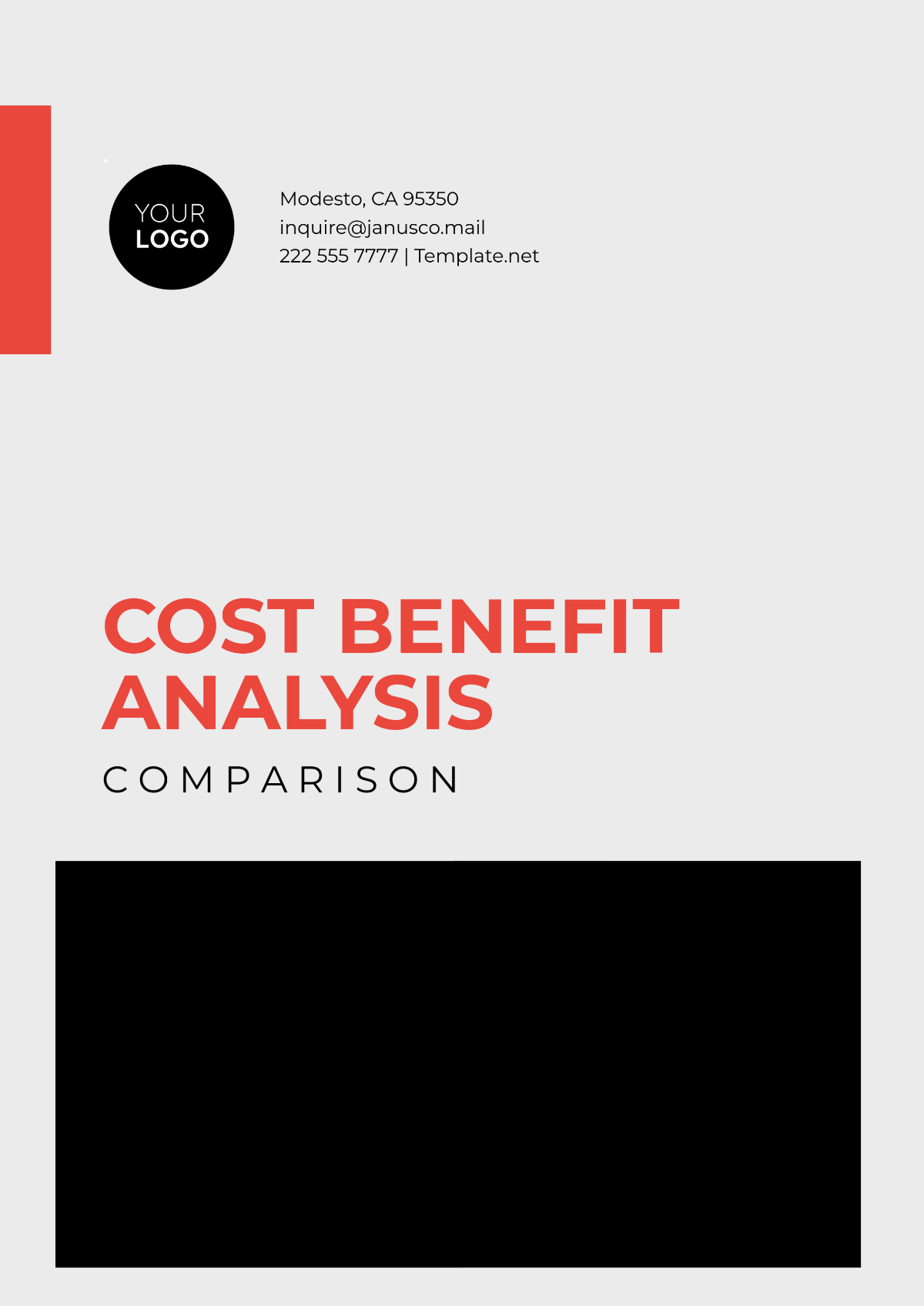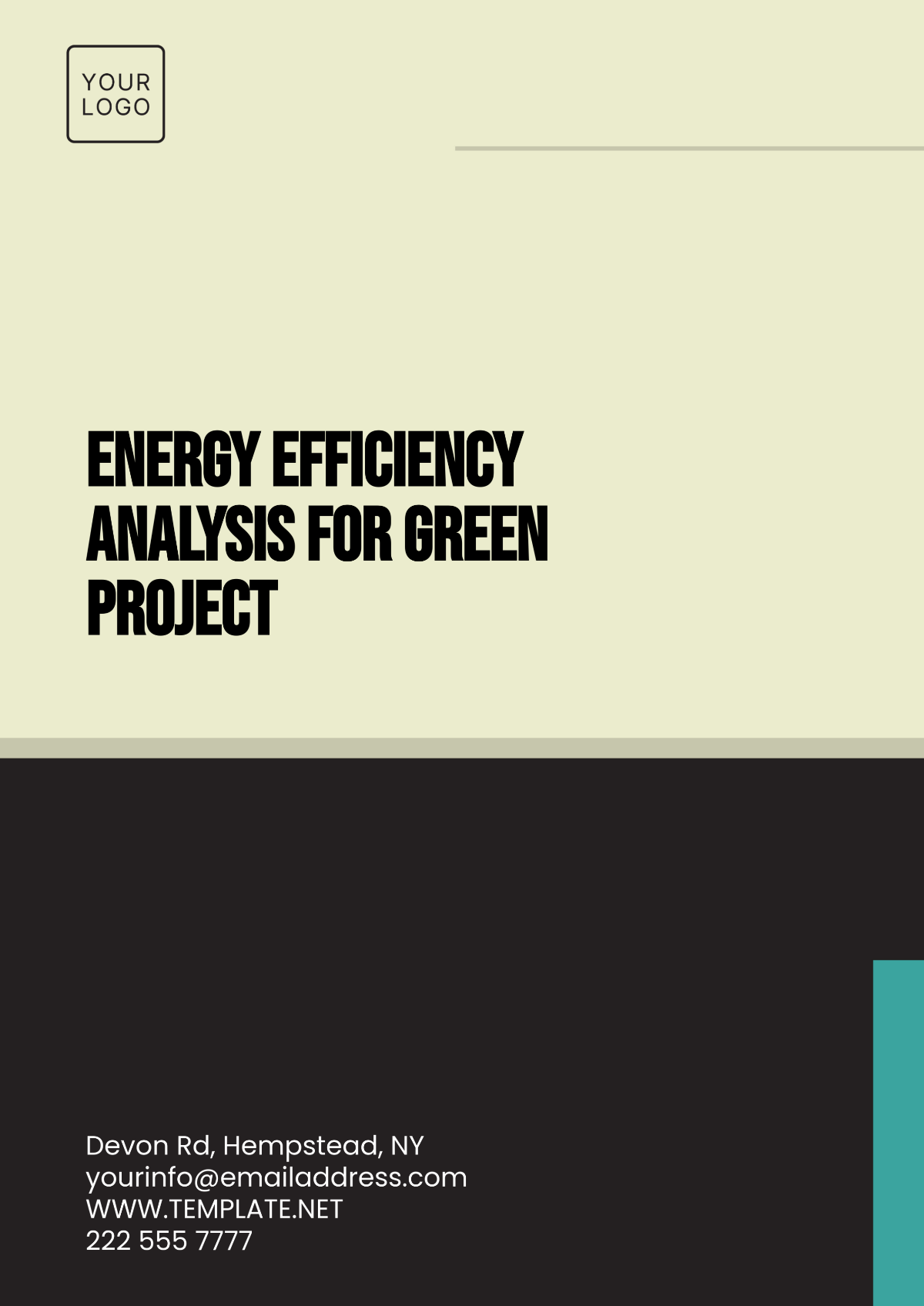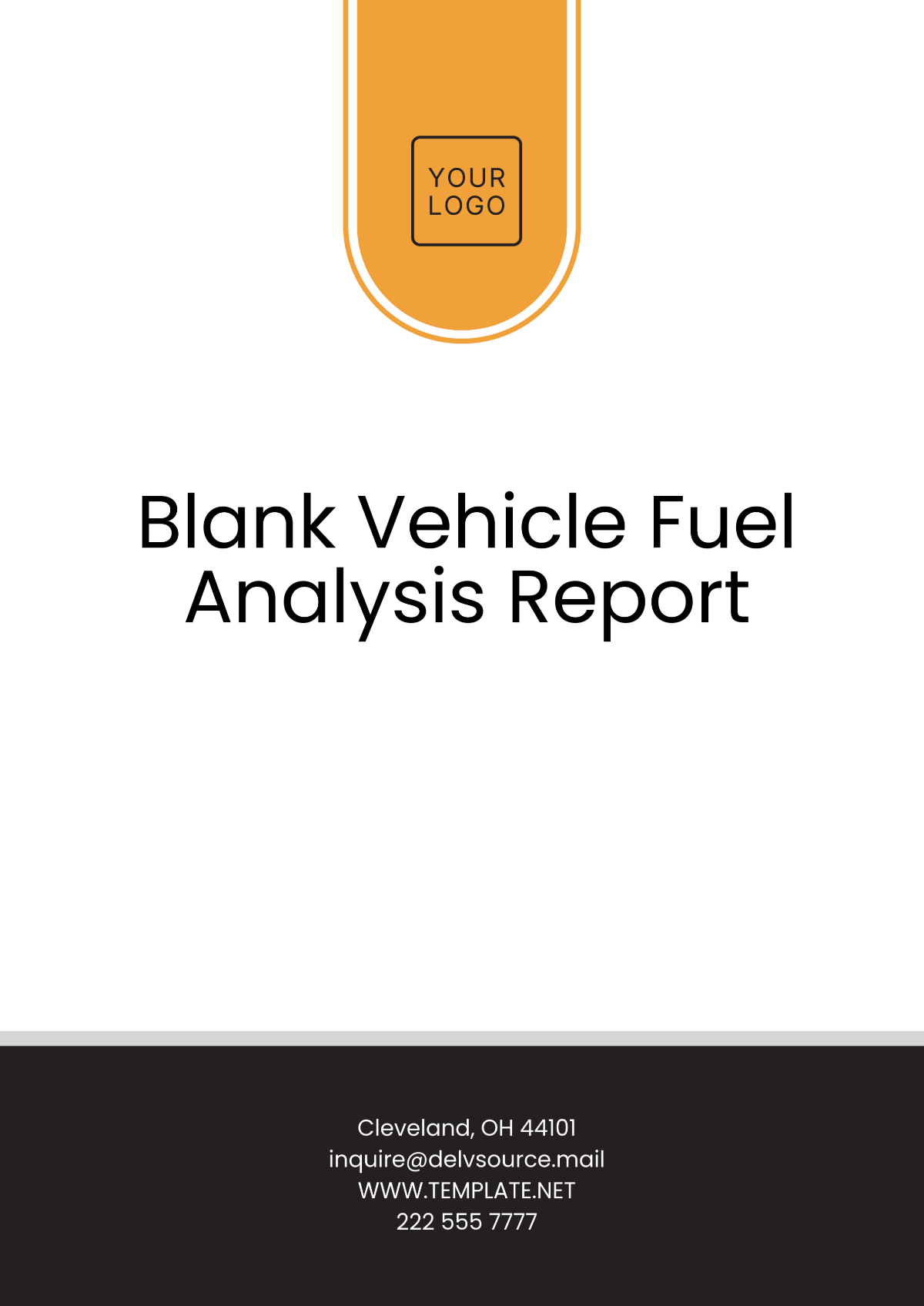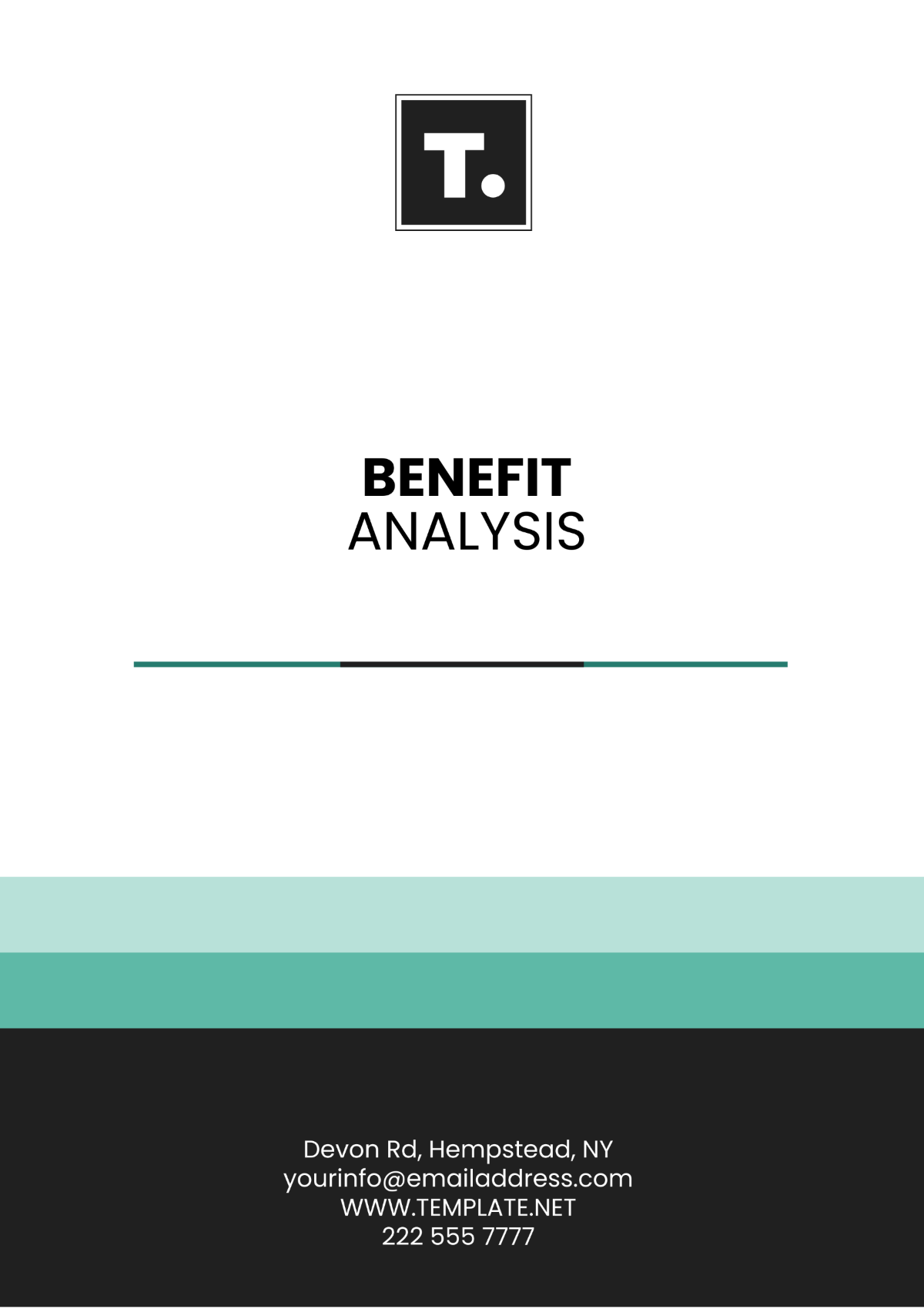Annual Rewards and Recognition Financial Analysis
I. Executive Summary
A. Purpose of the Document
This document aims to provide a comprehensive financial analysis of our organization's Annual Rewards and Recognition programs. By evaluating the costs, benefits, and return on investment (ROI) of these programs, we aim to make data-driven decisions for optimizing our employee recognition initiatives.
B. Key Findings
The key findings of the analysis are the following:
Total annual expenditure on Rewards and Recognition programs: $250,000
ROI for the past year: 15%
90% of employees reported increased job satisfaction as a result of these programs.
C. Recommendations
Based on the analysis, we recommend:
Exploring cost optimization measures to enhance ROI.
Expanding the recognition program to include remote employees.
Aligning recognition initiatives with organizational goals.
D. Summary of Financial Impact
Our Rewards and Recognition programs have demonstrated a positive financial impact, contributing to increased employee satisfaction and retention while maintaining a reasonable cost-to-benefit ratio.
II. Introduction
A. Background Information
Our organization has a long-standing commitment to recognizing and rewarding exceptional employee performance. In this document, we delve into the financial aspects of these programs to ensure their sustainability and alignment with our strategic objectives.
B. Objectives of the Analysis
Assess the cost-effectiveness of existing Rewards and Recognition initiatives.
Identify areas for cost optimization.
Measure the impact of recognition programs on employee engagement and retention.
C. Scope of the Analysis
This analysis covers all Rewards and Recognition programs within the organization for the fiscal year [2051]-[2052].
D. Assumptions and Methodology
Data collected from HR records and employee surveys.
ROI calculated as (Total Benefits - Total Costs) / Total Costs.
III. Rewards and Recognition Programs Overview
A. Overview of Existing Rewards and Recognition Programs
Our organization currently offers various recognition programs, including Employee of the Month, Spot Bonuses, and Long-Service Awards.
B. Objectives and Goals of Rewards and Recognition Programs
Boost employee morale and motivation.
Foster a culture of appreciation and teamwork.
Recognize outstanding contributions and achievements.
C. Importance of Financial Analysis
Understanding the financial implications of these programs is crucial for decision-making and resource allocation.
IV. Data Collection
A. Data Sources
HR Records
Employee Surveys
Finance Department Reports
B. Data Collection Methods
Review of financial documents
Distribution and analysis of employee surveys
Interviews with HR and finance personnel
C. Data Timeframe
Data for this analysis covers the fiscal year from [Month Year] to [Month Year].
V. Financial Metrics
A. Key Financial Metrics
Metric | Value |
Total Program Cost | $250,000 |
B. Benchmarking
Our ROI of 15% is in line with industry standards for similar organizations.
C. Financial Trends Analysis
Program costs have increased by 10% compared to the previous fiscal year.
ROI has improved by 5% due to increased employee satisfaction.
VI. Costs and Expenses
A. Breakdown of Costs
Awards and Prizes
Employee Events
Event | Cost |
Annual Recognition Gala | $50,000 |
Total |
Administration Costs
Total Program Cost: $250,000
B. Expense Analysis
Year-over-Year Comparison
Cost Drivers
Increase in award amounts.
Expansion of recognition events.
C. Cost Reduction Strategies
Explore bulk-purchasing discounts for awards.
Streamline administrative processes to reduce overhead costs.
VII. Benefits and Outcomes
A. Employee Engagement and Satisfaction
90% of employees reported increased job satisfaction due to recognition programs.
Employee turnover rate decreased by 12% over the year.
Improved engagement scores on employee surveys.
B. Productivity and Performance Metrics
A 5% increase in productivity was observed in departments with active recognition programs.
Higher achievement of performance targets in recognized teams.
Fewer absenteeism and tardiness incidents.
C. Talent Retention and Recruitment
Lower attrition rate for top-performing employees.
Increased interest from potential job applicants due to the company's reputation for recognizing and valuing employees.
D. Employee Health and Safety Impacts
Improved mental health scores and reduced stress-related complaints.
Enhanced safety awareness and adherence, resulting in fewer workplace accidents.
VIII. Return on Investment (ROI)
A. Calculation of ROI
ROI = [(Total Benefits - Total Costs) / Total Costs] * 100
ROI = [($350,000 - $250,000) / $250,000] * 100
ROI = 40%
B. Interpretation of ROI Results
A 40% ROI indicates that for every dollar invested in Rewards and Recognition programs, the organization receives $1.40 in benefits. This demonstrates the financial viability and positive impact of these programs.
C. ROI Benchmarking
Our ROI surpasses industry benchmarks, signifying the effectiveness of our recognition initiatives.
IX. Cost-Benefit Analysis
A. Cost vs. Benefits Analysis
Total Benefits: $350,000
Total Costs: $250,000
Net Benefit: $100,000
B. Quantitative vs. Qualitative Benefits
While some benefits are quantifiable, such as reduced turnover and increased productivity, qualitative benefits like improved company culture and employee morale are equally valuable.
C. Sensitivity Analysis
We conducted a sensitivity analysis to assess how changes in program costs and benefits affect ROI. The analysis indicates that even with variations, our ROI remains above 30%, underscoring the stability of our programs.
X. Recommendations
A. Cost Optimization Measures
Explore bulk-purchasing discounts for awards.
Streamline administrative processes to reduce overhead costs.
Investigate opportunities for digital recognition to reduce event costs.
B. Program Enhancements
Consider introducing peer-to-peer recognition programs.
Expand recognition initiatives to include remote employees.
Implement a quarterly recognition newsletter to increase program visibility.
C. Alignment with Organizational Goals
Ensure that recognition programs align with strategic goals, such as promoting innovation and customer satisfaction.
Continuously communicate the link between recognition efforts and the organization's mission.
XI. Implementation Plan
A. Timeline
Quarter | Activity |
Q1 | Research bulk purchasing options. |
B. Responsible Parties
Department | Responsibility |
HR Department | Oversee bulk purchasing and administrative process improvements. |
C. Budget Allocation
Activity | Budget Allocation |
Cost optimization measures | $30,000 |
XII. Monitoring and Evaluation
A. Key Performance Indicators (KPIs)
Quarterly ROI assessments.
Annual employee satisfaction surveys.
Monthly recognition program engagement reports.
B. Reporting Frequency
Quarterly reports are to be presented to the Executive Team, and annual reports are to be shared with all employees.
C. Continuous Improvement Strategies
Regularly review feedback from surveys and adapt recognition programs accordingly. Conduct periodic cost-benefit analyses to ensure ongoing effectiveness.
XIII. Conclusion
A. Summary of Key Findings
This financial analysis highlights the substantial benefits of our Rewards and Recognition programs, including improved employee engagement, retention, and a solid ROI of 40%.
B. Importance of Rewards and Recognition Programs
Employee recognition initiatives play a vital role in enhancing employee morale, performance, and the overall organizational culture.
C. Future Outlook
By implementing the recommended measures, we aim to further enhance the financial sustainability and impact of our Rewards and Recognition programs.



